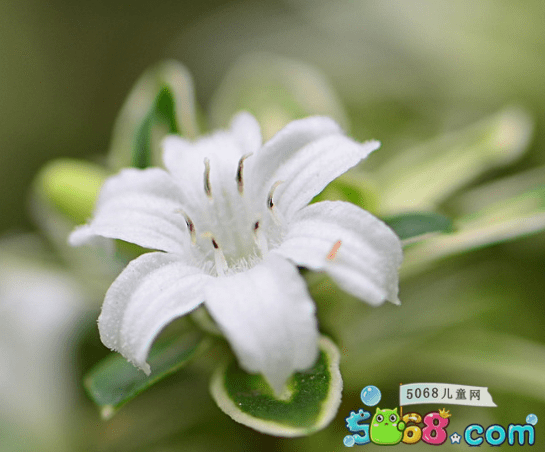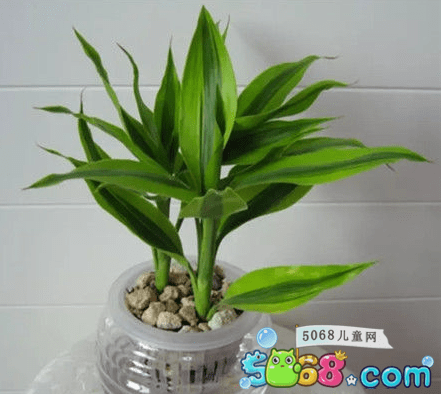Culture methods and efficacy of June snow
June snow root, stems and leaves can be used as medicine. It can also be used as an ornamental flower. How to cultivate this precious flower? The following editor introduces the farming methods and effects of snow in June. I hope everyone has one. Help.

Breeding method of snow in June
1. Transplant basin: generally speaking, February to March is the better time to transplant. Of course, the rainy season and late autumn are also good seasons. When transplanting, the basin of choice is purple sand basin and glaze basin, the color of the basin should be dark, can form a sharp contrast with the color of the flower. The soil of the basin is required to be sandy, which is suitable for loose organic matter, good drainage and ventilation. In addition, in the choice of fertilizer, pine needle soil, humus soil and peat can be connected to each other, it is better to add about 10% rice husk ash.
2, water and fertilizer management: snow and fertilizer management in June should be appropriate, not too dry or too wet, to maintain the amount of water in the basin, in winter should reduce the number of watering, generally sprayed on leaves in summer, 1-2 times. In addition, the better period of fertilization is from April to May each year. It can be watered with 0.5% phosphorus and potassium fertilizer solution. In winter, it can be worn again. It can irrigate thin organic fertilizer, but it should not be fertilized. Being fat is a big taboo.
3, light and temperature requirements: June snow likes sunshine, warmth, moisture and ventilation. Therefore, it should be maintained under these conditions during the growing season. In summer, it should be properly sheltered. Avoid exposure to the sun. In winter, it should be moved indoors to maintain a certain temperature, such as 5 to 12 degrees Celsius.
4, turning the basin and pruning: it is good to turn the basin every year to make the soil more loose and suitable for plant growth. At the same time, removing the old soil and pruning the roots properly can also improve its ornamental value. Plastic trimming should be carried out in winter. Long and short branches should be trimmed, and dense branches should be trimmed. It can remove cluttered branches and leaves, improve the beauty of birds, and cut off the branches and leaves of diseases and insect pests. At the same time, by picking the heart, wiping buds, removing branches, etc., to maintain a certain shape, elegant and moving.
5, pest control: there are generally few snow diseases and insect pests in June, and there will be aphids occasionally. At this time, you can use wind oil to spray, can kill mites, but avoid concentration should not be too high, it is more suitable to dilute 500 to 600 times. In addition, root rot sometimes occurs. At this time, it was watered with 800x root rot liquid and 600x-1000 fold oleic acid copper EC. Spray every three and five times three times in a row.
The function and function of June Snow
June snow is also known as a star, a day and so on. It belongs to the medicinal flower plant of Rubiaceae. It tastes bitter and cool. It has the functions of hurricane, dampness, relaxing muscles, clearing heat and detoxification, regulating temper, rheumatism and so on. Pain, migraine, toothache, sore throat, stomatitis, neurodermatitis, damp-heat jaundice, herpes zoster, leucorrhea and other symptoms have a certain effect.
Key points of snow protection in June
When drying at high temperatures in summer, in addition to watering every day, spray leaves and nearby ground with fresh water in the morning and evening to cool down and increase air humidity. Plants should be kept in the shade and should not be exposed to strong sunlight for a long time. After falling down, as the temperature drops, the amount of water should be controlled gradually, and should be watered for 2 to 3 days. In winter, enter a cold room where the temperature is not lower than 0 °C or live indoors and water it every 20 to 30 days; if the room temperature is higher than 15 °C, the evergreen leaves will not fall and water every 7 to 10 days to keep the air moist and give sunshine. Avoid freezing in the cold, otherwise it is easy to die. Before going out in March every year, replace the basin with humus soil and use the bottom of the basin as base fertilizer.
Reduce diseases and insect pests. Occasionally, mites are harmful and can be sprayed with 1500 times more omethoate.
Time: 2019-05-10 Click:
- Prev

How to raise winter red fruit
The winter red fruit of the eldest brother in the village is very beautiful.
- Next

Introduction to matters needing attention in Fugui Bamboo Culture
The rich pearl is a common viewing position, which can purify the air, beautify the family environment and change the shape. The following editor introduces the rich points for attention in bamboo culture. I hope everyone likes it. Notes on enriching bamboo culture 1. Moisture: it is better to change water in summer than in winter. Clean water, oil
Related
- Fuxing push coffee new agricultural production and marketing class: lack of small-scale processing plants
- Jujube rice field leisure farm deep ploughing Yilan for five years to create a space for organic food and play
- Nongyu Farm-A trial of organic papaya for brave women with advanced technology
- Four points for attention in the prevention and control of diseases and insect pests of edible fungi
- How to add nutrient solution to Edible Fungi
- Is there any good way to control edible fungus mites?
- Open Inoculation Technology of Edible Fungi
- Is there any clever way to use fertilizer for edible fungus in winter?
- What agents are used to kill the pathogens of edible fungi in the mushroom shed?
- Rapid drying of Edible Fungi

